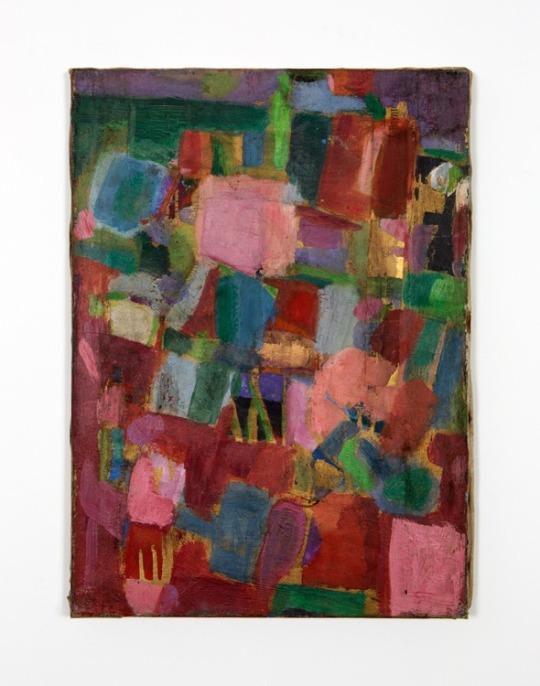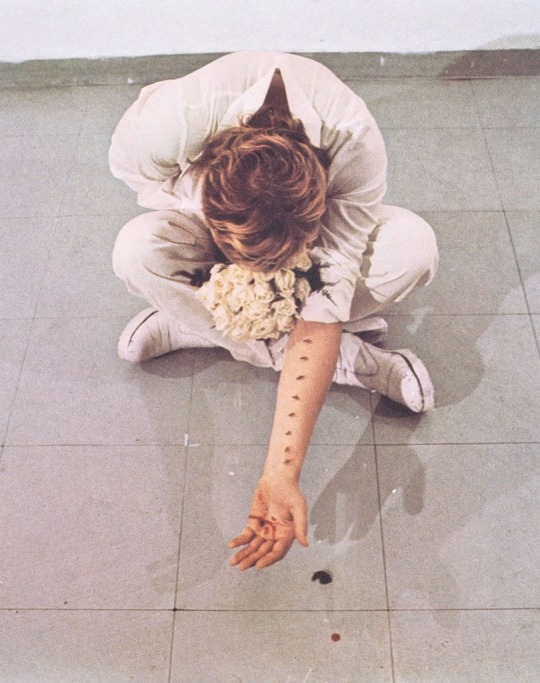#gina pane
Text

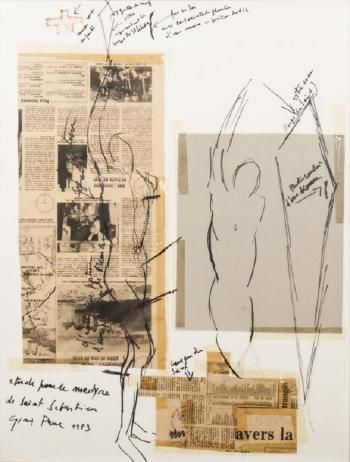

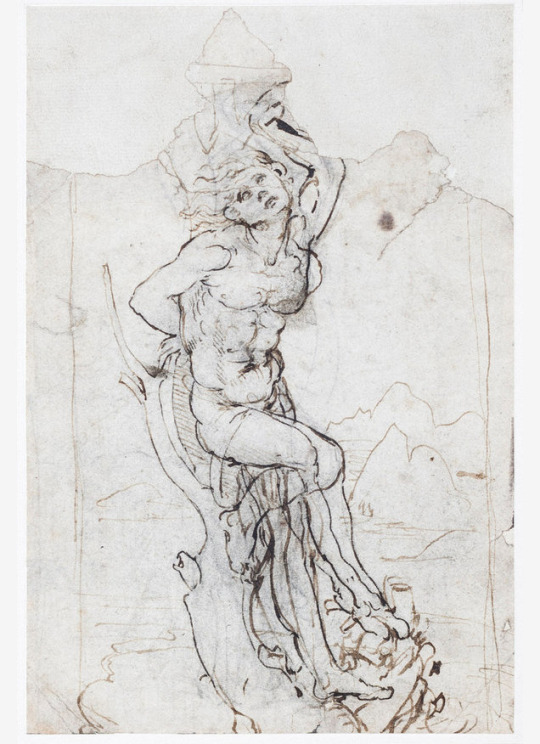

Egon Schiele, Self Portrait as St. Sebastian, 1914
Gina Pane, Etude pour le martyr de Saint Sébastien, 1983
Louise Bourgeois, Sainte Sébastienne, Version 1 of 2, state VI of XII, variant, 1990, drypoint
Leonardo da Vinci, Drawing of the martyred Saint Sebastian
Albrecht Durer, St. Sebastian At The Tree, 1501
#egon schiele#art#gina pane#louise bourgeois#leonardo da vinci#albrecht dürer#saints#martyrdom#pierced#brainsex paintings#catholicism
198 notes
·
View notes
Text
TW: blood, sharp things, Gina Pane’s art



Gina Pane’s extreme self harming art
Azione sentimentale, 1973, Milano
Psyche, 1974-1975
Sang/Lait chaud, 1972
#tw self h4rm#tw blade#tw blood#gina pane#performing art#performance art#performance#happening#70s art#feminist art#gruesome art#viennese actionism#actionism#tw#marina abramovic#valie export#tw blo0d
50 notes
·
View notes
Text

“Gilded Lily”, (2023) analog collage
67 notes
·
View notes
Text

Gina Pane (1939-1990), Deuxième projet du silence (Ury, Seine et Marne), 1970
2 notes
·
View notes
Text


Gina Pane, “Les mouchoirs qui ont été détruits”, 1973
Gina Pane,Planche contact de L’Escalade non anesthésiée, 1971 (190 x 335 mm).
12 notes
·
View notes
Text

Gina Pane
Azione Sentimentale [Sentimental Action], 1973
13 notes
·
View notes
Text


Hannah Wilke, Intra-Venus Series, March 18, 1992, bandages from bone marrow harvest on plexiglass
Gina Pane, A week of my menstrual blood, 1973, Dried blood, cotton, plexiglass 6 x 106.5 x 21 cm 7 cottons contained in a Plexiglas box Don Ms. Anne Marchand, 2003 Inventory number: AM 2003-590
#hannah wilke#gina pane#body art#body#blood#feminist art#illness#self-portrait#traces#art#contemporary art#paired#brainsex paintings
26 notes
·
View notes
Text
Performance artists in the 1970s just did not give a fuck
0 notes
Note
You're not ready when I introduce you to Gina Pane, half will unfollow the blog I think. 😭|||\\\
I think I know one of her performances, the bride with thorns in the arm or something like that. Powerful
TW MUTILATION, WOUNDS, BLOOD
Gina Pane is sometimes awkwardly categorized in an extremely violent movement, known as Viennese Actionism. I'd advise you not to go and see it. Even I found it filthy, I think I nearly threw up when I had to look into this movement for a project. 💀
With Gina Pane or like Valie Export, it's different. They're on the bangs of this movement. They've got the dishes in this style, because they've preformed actions considered violent and practices of mutilation. But just like Marina Abramovic.
Let me put it in context. These women, who also belong to Body Art movement, mainly performed during a very particular period. A women's liberation movement. Often in the 70's and 80's, these women needed to shock, impact and disturb the spectator.
Gina Pane's approach was at once highly poetic, disturbing and uncomfortable. In the end, she used a lot of symbolism.
You might think it's a form of masochism or something. But it's much deeper than that. These performances often last one hour, and it's only 2 minutes of wounds. Gina Pane never uses the word mutilation. She doesn't see it that way. These performances are all about healing in the end. We dwell on the pain, the mutilation, the blood, because that's what shocks and upsets the viewer, who can't escape it. In the end, it's the viewer who sees it as suffering and masochism. Pane never dwells on this. It's not the main subject. It's the message that matters.
It also denounces the condition of women. White, the symbol of purity and virginity, is ultimately "soiled" by the red of blood and injury. The condition of women who suffer in silence. She sometimes uses milk as a symbol of maternity and the social construction in which women are trapped in the maternal role. Even more so in the 70s.
In many of her performances, she also denounces war. Those mutilated, suffering bodies. Don't stop at Azione Sentimentale, which is perhaps the "simplest" of her performances, where blood is much in evidence. But there are other, more interesting performances. Nourriture/Actualités T.V./Feu, for example, denounces animal conditions. The over-consumption of meat and the impact of screens on society. She goes beyond her disgust by introducing rotten meat into her performance. I find this hyper-symbolic, like the excess meat (and animal suffering) that surrounds us and ends up rotting.
In Hommage à un jeune drogué, 1971.
« Elle entend dénoncer par sa performance l’indifférence sociale qui entoure la mort d’un jeune homme par overdose. « Les parents le lendemain comme d’habitude burent au petit déjeuner une tasse de chocolat bien sucré. C’est l’ami du jeune drogué qui garda ses traces fraternelles [4]. » Ce moment d’oubli de la douleur par des parents sans doute peu affectés amène l’artiste à un renversement de signification du chocolat. En effet, avant de dialoguer avec le public elle se lave symboliquement les mains dans du chocolat bouillant. Cette nourriture plaisante se mue ainsi en instrument de douleur. Mais justement il s’agit pour l’artiste de demeurer toujours en éveil et de secouer la léthargie du monde environnant en se mettant soi-même en situation pénible sous les yeux d’un public qui ne peut se dérober. »
“ Her performance was intended to denounce the social indifference surrounding the death of a young man from an overdose. "Now everything was back to normal. The next day, as usual, the parents had a cup of sweet chocolate for breakfast. It was the young drug addict's friend who kept track of his brothers [4]." This moment of oblivion of pain by parents no doubt little affected leads the artist to a reversal of the meaning of chocolate. Indeed, before chatting with the audience, she symbolically washes her hands in boiling chocolate. This pleasant food is thus transformed into an instrument of pain. But for the artist, it's all about staying awake and shaking off the lethargy of the world around her, by putting herself in a painful situation in front of an audience that can't escape. ”
I obviously don’t condone this violent act of mutilation. But I find the messages so strong and poetic. She doesn't mutilate herself for pleasure, or for some masochistic reason or whatever. It's her way, as a woman artist, of denouncing social constructs that stifle women. I've been pointing this out for decades. A way for us to stop escaping and just look away. We are brutally confronted with this. Many women used shock and disgust in the end, to denounce at that time. It was almost the only way to be heard and seen.
There is also an art to photography. Not just anyone photographs her, in any way. Françoise Masson was his regular photographer and a real collaborator. This is what also makes the performance poetic. The poetry and the mitigation of the violence of blood, goes through photography.
I know that it's an art form that can be very uncomfortable, that can make people say that embarrassing, nonsensical and aberrant things. And that's the point too. She hasn't been an isolated case, in this art and this means of injury. I think that when you're interested in feminist art and the art of the 70's, 80's, it's important to look at these performances.
Perhaps I've learned to better understand, grasp and be less shocked by this type of art, by studying the contexts and symbolism. I know that for many people with little or no interest in art, it can be too much. It's only natural. When I say I appreciate her work, it's not necessarily the form. Like the wound. Absolutely not. It's what surrounds it. The symbolism, the substance of the message and, above all, the context. Why does an artist (especially a woman) feel the need to express herself in this way? And we often understand this through context.
I assure you that at first I was extremely dubious about this kind of performance. But over time, as I studied feminist art, I sadly realized how difficult it was for women to be properly heard in painting alone. How hard women really had to fight to be recognized as artists in their own right. To stop hiding under their husbands or men. To get out of the art of sewing, textiles and those tasks considered only feminine and pretty little housewives. I finally learned to understand this kind of performance, over time. This is not feminist victimization. Women have suffered and continue to suffer, and there are still problems listening to them properly. I think this type of art allows us to get to the heart of the matter. Actions are sometimes worth more than words, and these performers totally understood that.
Here some pictures about her performances.
Four (4) photographs of the action, Nourriture / Actualités télévisées / Feu, silkscreened on a wooden panel painted in white, 1971
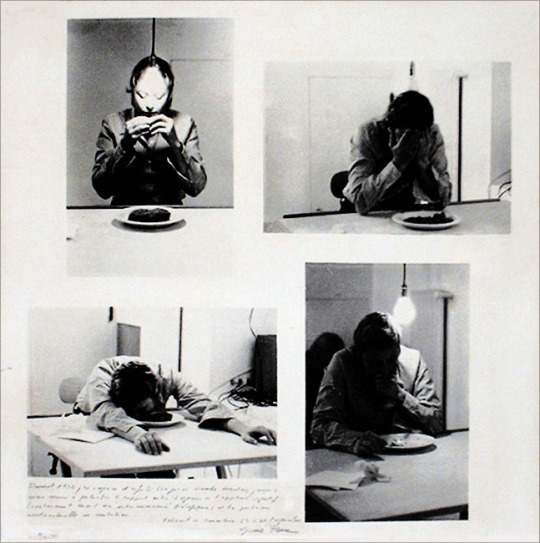

Hommage à un jeune drogué, 1971


Azione sentimentale, 1973
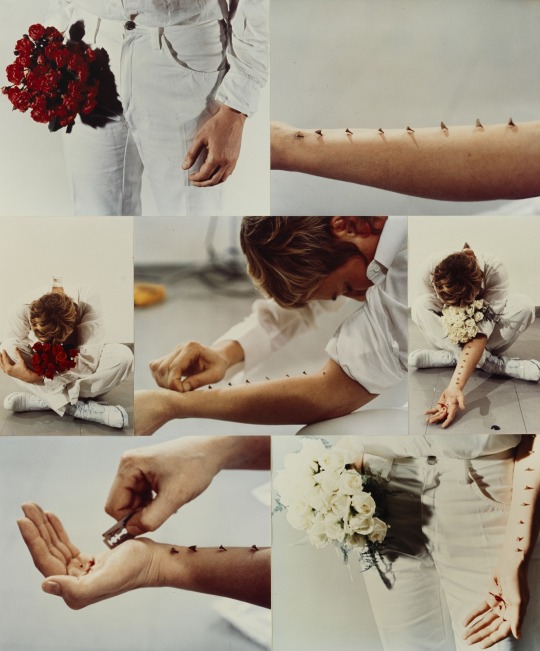
1 note
·
View note
Text
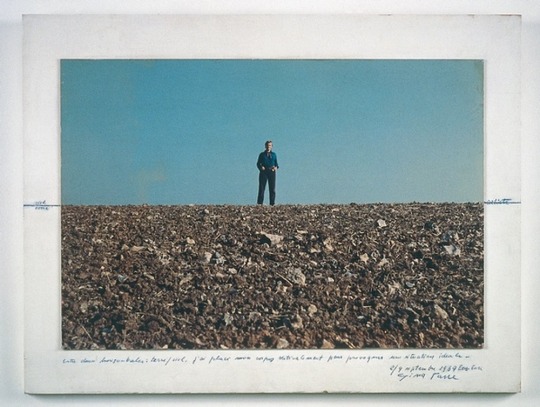
Gina Pane, Situation idéale : Terre-Artiste-Ciel, 1969, Ecos (Eure), 1969
1 note
·
View note
Text

Gina Pane, Riccordo avvolto di un mattino blu, MACVAL
1 note
·
View note
